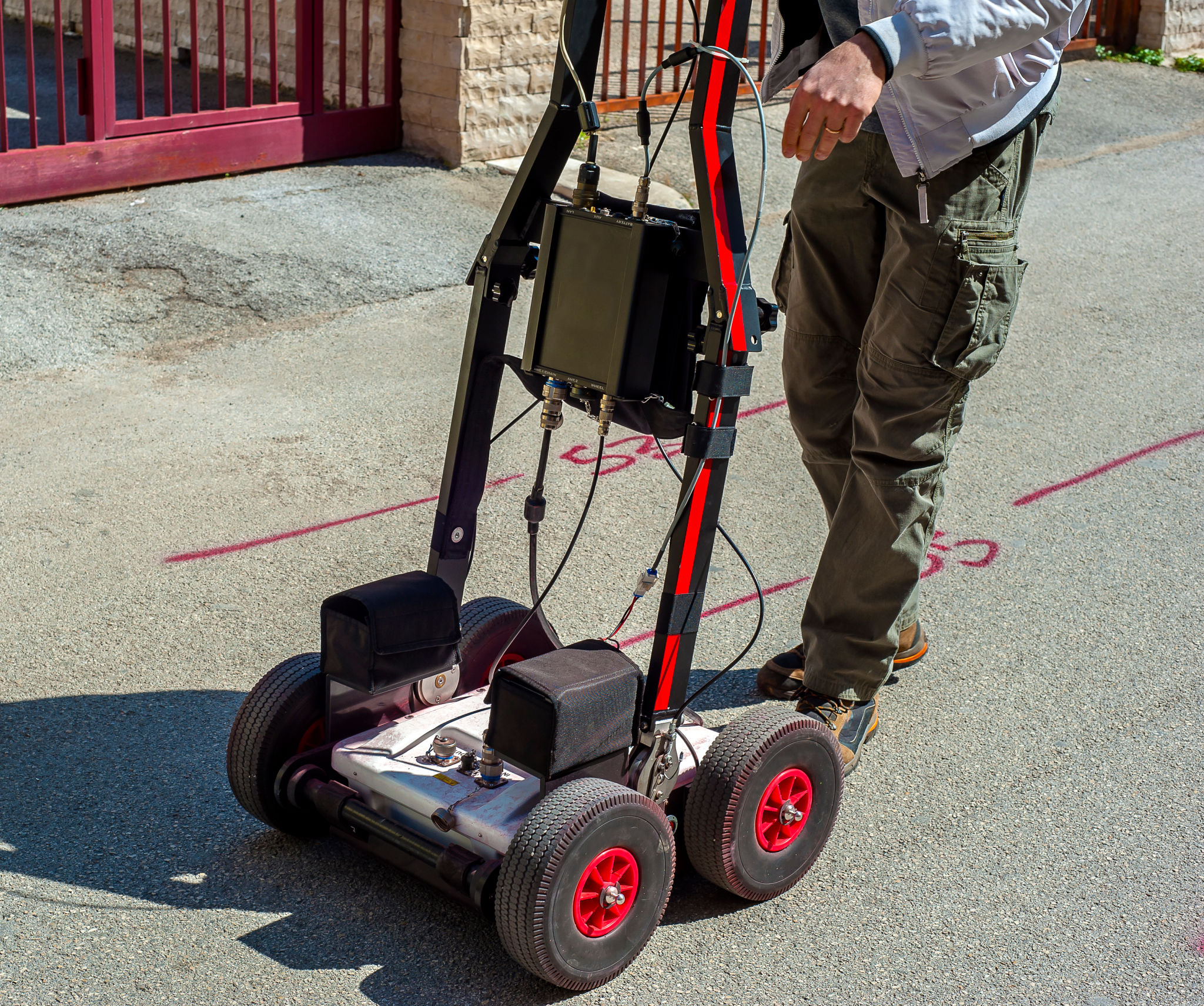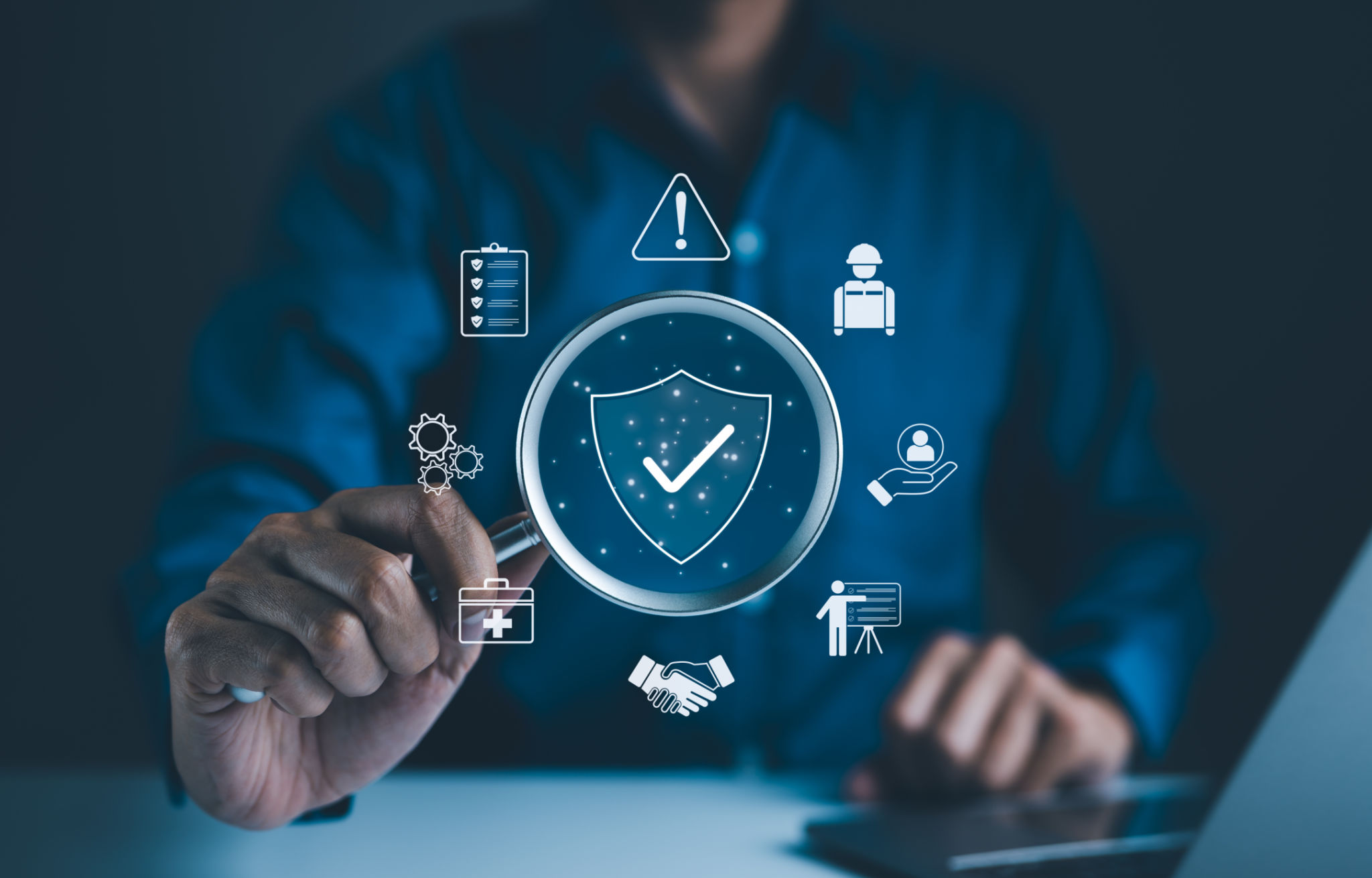Understanding Cable Detection: Avoiding Costly Mistakes in Construction
Understanding the Importance of Cable Detection
In the construction industry, ensuring safety and efficiency is paramount. One of the critical steps in achieving this is through proper cable detection. Understanding and implementing thorough cable detection can prevent numerous costly mistakes that can arise from damaging underground utilities during excavation or construction activities.
Cable detection involves identifying and locating underground cables and utilities before any digging or excavation begins. This process is essential to avoid accidental damage that can lead to service disruptions, safety hazards, and significant financial implications for construction projects.

Common Mistakes in Cable Detection
Despite the availability of advanced technology, mistakes in cable detection can still occur. Some common errors include inadequate planning, relying solely on outdated maps, and failing to use appropriate detection tools. These mistakes often result from a lack of understanding of the site's complexity and the variety of utilities that may be present underground.
Another frequent error is not conducting a thorough site survey before beginning excavation. Skipping this vital step can lead to assumptions that prove costly when unexpected obstacles are encountered. It is crucial to engage experienced professionals who can accurately interpret detection data.

Effective Tools and Techniques
To avoid mistakes in cable detection, utilizing effective tools and techniques is essential. Modern cable detection equipment such as ground-penetrating radar (GPR) and electromagnetic locators offer precise readings of underground utilities. These tools provide detailed insights into the presence and depth of cables, ensuring more accurate excavation planning.
Additionally, employing a combination of technologies can improve accuracy. For instance, integrating GPR with electromagnetic methods can provide a comprehensive overview of underground conditions, reducing the risk of oversight.

Best Practices for Cable Detection
Implementing best practices in cable detection helps ensure project success and minimize risks. Here are some recommended steps to follow:
- Conduct thorough research: Gather all available information about the site, including historical data and utility maps.
- Engage with experts: Hire experienced professionals who specialize in cable detection.
- Use advanced technology: Invest in modern detection equipment for accurate results.
- Regularly update plans: Keep all site plans and utility maps up to date to reflect any changes or new installations.
The Consequences of Neglecting Cable Detection
Neglecting proper cable detection can lead to severe consequences. Damaging underground utilities not only causes delays but can also lead to expensive repairs and potential legal liabilities. Furthermore, safety hazards such as gas leaks or electrical accidents pose serious risks to workers and the surrounding community.
Understanding the potential impact of these consequences emphasizes the need for meticulous cable detection practices. By prioritizing safety and accuracy, construction projects can avoid unexpected setbacks and ensure smooth operations.

The Role of Training and Education
Training and education play a crucial role in effective cable detection. Ensuring that all team members are well-versed in using detection tools and understanding utility maps is key to preventing errors. Regular training sessions can keep teams updated on the latest technologies and methodologies, fostering a culture of safety and efficiency.
Moreover, promoting awareness about the importance of cable detection across all levels of a construction project encourages proactive measures and reduces the likelihood of mishaps.
Conclusion: Prioritizing Cable Detection
In conclusion, understanding cable detection is vital for avoiding costly mistakes in construction. By leveraging modern technology, adhering to best practices, and investing in training, construction teams can ensure safe and efficient project execution. Ultimately, prioritizing cable detection not only protects financial interests but also safeguards lives and infrastructure.

